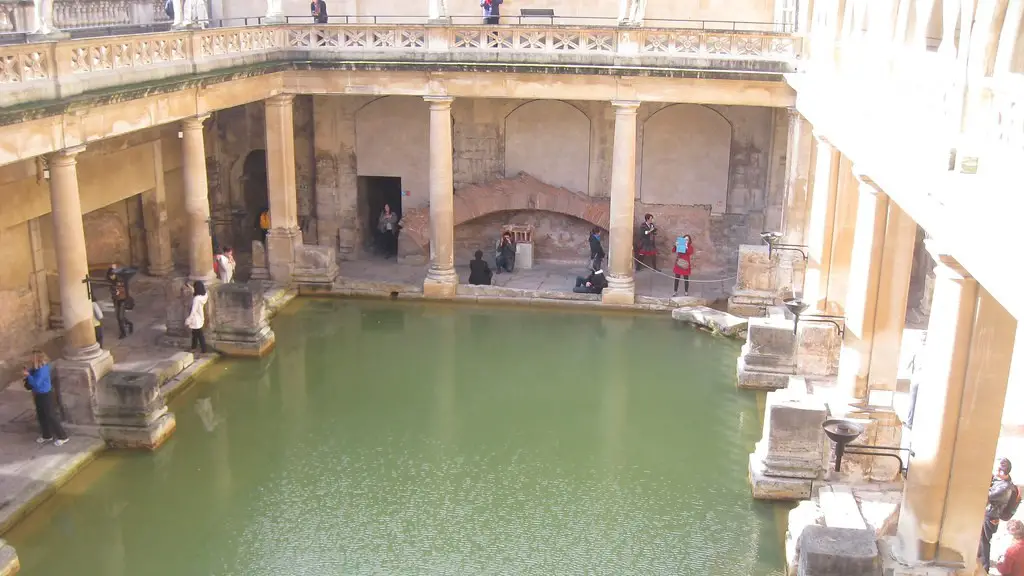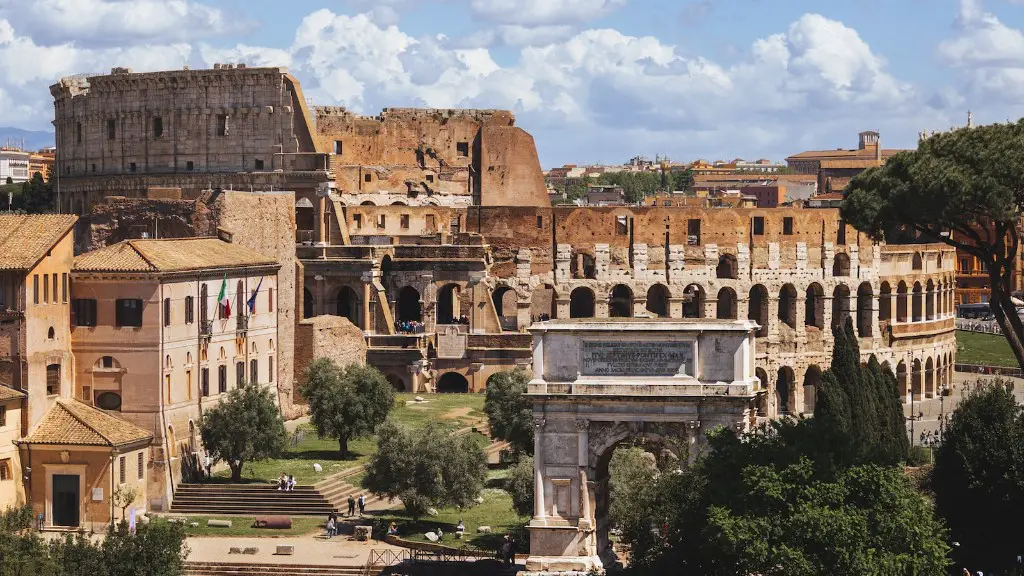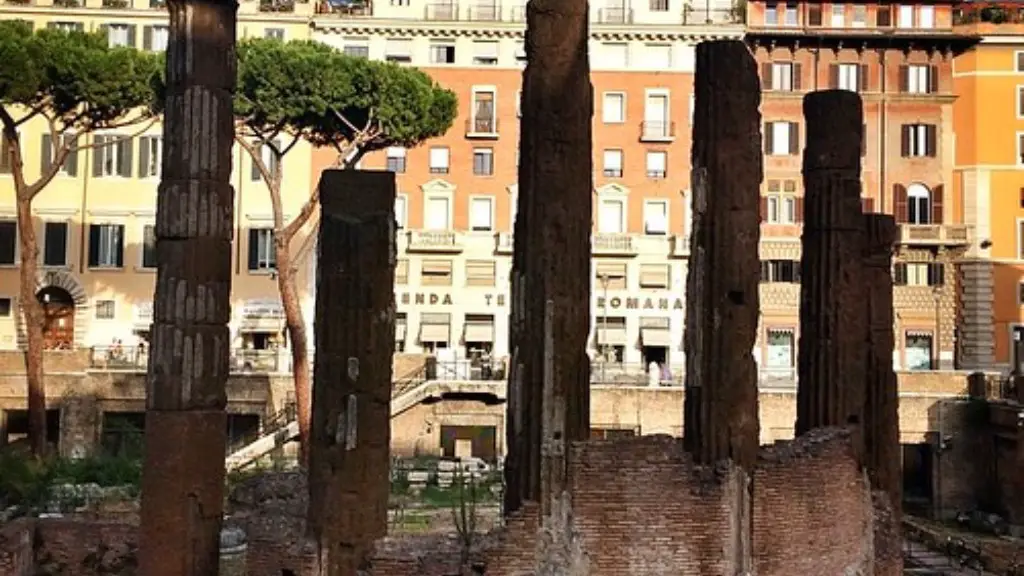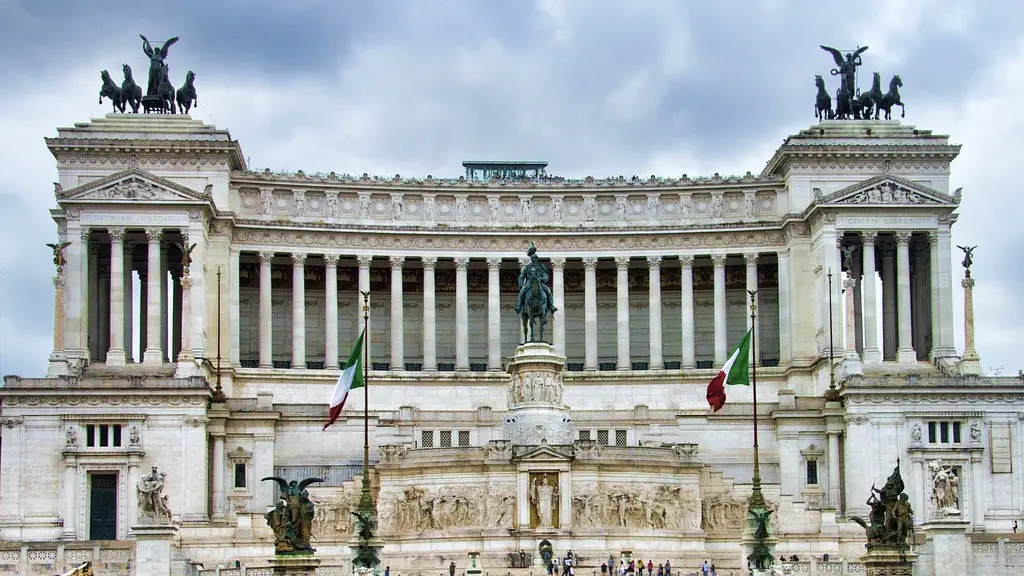Luxury Foods of Ancient Rome
Rome was a bustling city, where food was celebrated in many forms. The Romans were fond of lavish banquets and liked to enjoy the wealth of luxurious and exotic foods available in the city. As Rome increased in power and influence, so too did the range and variety of the foods they enjoyed. People in Ancient Rome could enjoy a wide array of proteins, vegetables, fruits, and spices, much of which was brought in from foreign lands.
The city was home to a variety of emporiums, as private shops and markets were all present in Ancient Rome. Luxurious, yet expensive foods and delicacies were popular among the wealthy. In fact, the richer Romans were very particular about the food they ate, and prized extravagances like costly spices, rare fruits, and imported delicacies from all over the world.
The staple ingredient of Ancient Roman cuisine is believed to be porridge, along with several meat dishes such as chicken, pork, and beef. Fish was also popular, as were olives, vegetables, and pulses. Cheese, honey, and eggs were other daily staples.
But the wealthy Romans also had speciality foods in their diet. High-end delicacies included wild boar, peacock, flamingo, and parrot meat. Other luxury goods included the flesh of the prized Mediterranean red mullet, the classic sea bass, and other expensive breeds of fish.
In addition to these lavish foods, Ancient Roman’s also enjoyed an abundance of luxury fruits and veg. An assortment of lettuces, cucumbers, asparagus, artichokes, pomegranates, and a variety of nuts were popular, while dates, exotic fruits, and pears were also commonplace in the wealthy households.
Different types of wine and spirits were also enjoyed, particularly from the different regions. Wine from Sicily and Sardinia was especially popular, as were imported wines from Greece and the Levant.
The Extravagant Desserts of Ancient Rome
Ancient Rome was an indulgent city, with dessert playing an important role in the Roman culture. Exotic fruits, sweet plums, and honey were popular ingredients. Figs and dates were also much sought after, as was the Greek treat called “loukoum”. These sweets were typically mixed with nuts, wine or honey.
Ancient Romans enjoyed a variety of cakes, pastries, and cakes, with many recipes calling for the use of saffron, ginger, and pepper. Baked quince, pears, apples, and chestnuts were also very popular.
In addition to traditional desserts, wines also had a prominent role in the Roman diet. Aged wines were considered a delicacy and were often enjoyed as a dessert. “””Mulsum”””, a sweetened wine flavored with honey, was also popular.
Ancient Romans would also sometimes enjoy a cheese course after dinner. As a sort of dessert, cheese was often served with honey or dressed in wine or olive oil.
Savory Dishes of Ancient Rome
A variety of savory dishes were popular in Ancient Rome. Favourites included minced meat, stuffed vegetables, and seafood. Vegetarian and vegan options were also available, with dishes such as fava beans and artichokes often appearing in wealthy households.
Sauces were a very important part of Roman cuisine. Spicy sauces, such as garum, were used to season and flavour dishes. Garum was a popular fish sauce made with herbs and spices, which was commonly added to meat and vegetable dishes. Another popular sauce was the aged cheese sauce called »”bukkos”””, which was served with a variety of dishes.
Pasta dishes were also popular in Ancient Rome. Emmer wheat, an ancient grain, was used to make homemade pasta dishes, which were topped with a variety of sauces. Meats and olives were also commonly added, as were spices to enhance the flavour.
Vinegar was commonly used for pickling, and it was also a popular ingredient in cooking. Olives were also important, as the Romans would often store them in seawater or brine, to prolong their shelf life.
Gourmet Foods of Ancient Rome
Gourmet meals were commonplace in Ancient Rome. Wealthy citizens indulged in a wide array of exotic dishes, including the notorious ”Roman aphrodisiac”, an expensive and luxurious dish containing the most prized meats, fish, aromatic spices and the famously expensive ”saffron”.
Saffron, a spice obtained from the Crocus sativus plant, was popular among wealthy Romans. Saffron was said to be so expensive, that it was traded by the “denarii,” the Roman currency equivalent. In Ancient Rome, saffron was often used to flavour desserts and drinks. It was also said to be believed to have some aphrodisiacal qualities.
Exotic birds were also served as delicacies to the Roman elite. For example, the Loungae bird, a grey, flightless bird that was a favourite among wealthy Romans. The unappetizing dish “Fasacae Porcinae” was also served, a casserole made of nuts, mushrooms, deer meat, as well as pork.
Spices, saffron, different types of mushrooms, and rare herbs were expensive luxury foods. All of these ingredients were in high demand by the elite Roman citizens. Other expensive luxury foods included caviar, truffles, and cheese.
Eating Habits of Ancient Rome
The Ancient Romans had a very particular way of eating their meals. It was not uncommon for Ancient Roman feasts to last for hours, with each course served in extravagant fashion. A typical dinner for the wealthy citizens began with an appetizer, followed by the main dish, salad, and a cheese course. Dessert and drinks such as wine were served after the main meal. These lavish dinner parties often ended with music and entertainment.
The Ancient Romans believed in the importance of etiquette and would often dine in elaborate ways, often in an upright position. Honoured guests would be seated at the head of the table, while children and slaves would sit at the other end. Each guest typically had their own dinner table.
During meals, guests would share stories, recipes, and jokes. Toasting with a glass of wine was very common and gave the guests an opportunity to share stories and honour the host. Dignified behaviour was encouraged, and guests were expected to pick up their plates and clear away their dishes.
Religious Rituals and Foods in Ancient Rome
Religious rituals, including animal sacrifice and feasting, were also common in Ancient Rome. Pigs, goats, sheep, and cattle were often sacrificed and eaten in honour of the gods, or as a sign of fertility. During religious ceremonies, special foods were prepared according to certain rituals. Wine was also often consumed in religious ceremonies.
In addition to religious ceremonies, private and public banquets were common in Ancient Rome. The lavish banquets had numerous courses, including exotic desserts and expensive wine. Food was often served on gold and silver trays, with slaves and servants tending to the meal. As banquets became increasingly extravagant, guests were often treated to musical performances, dancing, and other forms of entertainment.
At the end of the feast, guests would usually offer a toast to their host. This often included reciting prayers and songs in tribute. This practice was very common as a way to say thank you to the host for the meal.
Conclusion
Ancient Rome was a society of immense wealth and power, and its citizens enjoyed a rich diet of luxurious and exotic foods. From wild boar, to luxurious wines and desserts, the Roman’s appetite for lavish foods knew no bounds. Food was also a central part of Ancient Roman culture, with religious customs and lavish banquets bringing people together. In Ancient Rome, food was a symbol of wealth, power, and prestige.





